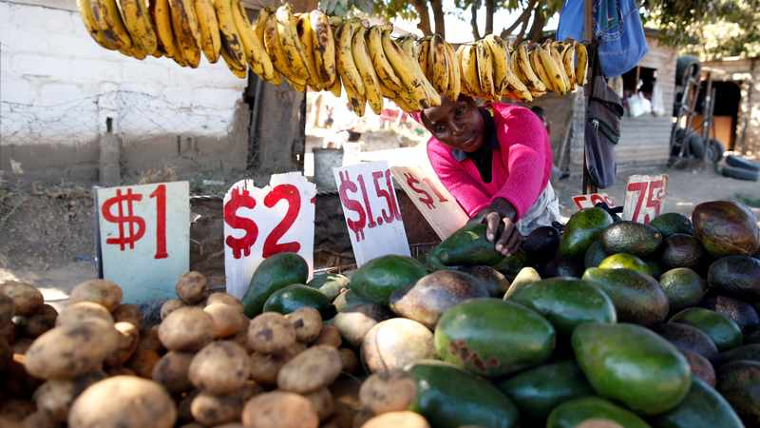 When Zimbabwe’s Finance Minister Mthuli Ncube presented the national budget for 2023 to Parliament in November 2022, he placed high emphasis on a raft of initiatives designed to spur strong economic growth and unleash economic transformation. These included financing of infrastructure projects, education, health, value chains and other public investments.
When Zimbabwe’s Finance Minister Mthuli Ncube presented the national budget for 2023 to Parliament in November 2022, he placed high emphasis on a raft of initiatives designed to spur strong economic growth and unleash economic transformation. These included financing of infrastructure projects, education, health, value chains and other public investments.
At that time, Ncube’s budget plans ran the risk of being derailed by ultra-high interest rates which had led to a spike in the cost of borrowing for businesses and consumers.
The risk has since been reduced after the central bank lowered the benchmark interest rate following the weakening of inflationary pressures. Nonetheless, leading business associations in the country remain concerned that current interest rates are still very high.
Like many other countries around the world, Zimbabwe raised interest rates – known as monetary policy tightening – after Russia’s invasion of Ukraine sent prices of essential imported commodities such as wheat, fuel, and fertiliser soaring.
The price hikes amplified pre-existing inflationary pressures that were decades in the making. These were the culmination of lax monetary policy and de-anchored inflation expectations. Expectations become de-anchored when prices no longer match what people would normally expect to pay. Once expectations for high inflation become entrenched, they are very hard to reverse.
Interest rates were hiked to 200% in June 2022. The annual reading on inflation was 244% in December – down from 285% in August.
Inflation is falling, which helps to explain why the monetary policy committee of the Reserve Bank of Zimbabwe lowered the benchmark interest rate to 150% from 200% after its most recent meeting in February.
Global food price pressures underpinning the surge in inflation have been showing signs of easing for some time now.
If food prices do continue trending down, inflation will come down much further and aid the central bank’s efforts to reduce interest rates. A slowdown in price rises, combined with the shift to less aggressive rate hikes, is good news for the minister’s budget initiatives on growth.
There are three signs that food inflation pressures could be easing. First, a United Nations gauge tracking global food commodity costs declined for the last nine months of 2022, and could potentially return to levels last seen before Russia’s invasion of Ukraine if this trend continues in 2023.
Other commodity prices will likely ease too as countries diversify supply to shield against any future supply chain disruptions.
Second, fertiliser prices have been falling for the past few months and ended 2022 at levels not seen since Russia’s invasion of Ukraine on 24 February 2022.
Lastly, the country is expecting agricultural output to be boosted by a favourable rainfall season this year.
This should also help to bring down domestic food prices.
Continued next page
(91 VIEWS)
